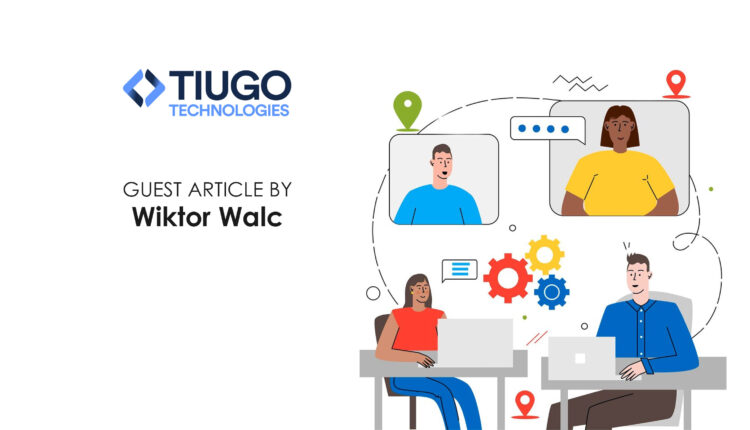
Nextgeneration Life Sciences Facilities
Nextgeneration Life Sciences Facilities
Introduction
Managing facilities effectively is critical in Life Sciences
Life Sciences companies face a major challenge to meet increasing demand and ensure the affordability and accessibility of medicines for all.
• Fast growing aging populations and longer life expectancies with improved mortality rates. Per UN study, 65+ age group to rise from 9% to 16% globally by 2050, and 80+ age group is projected to triple;
• Rising urbanization and increasing number of working class with sedentary lifestyles;
• Estimated 2 billion people (around 30% globally) have no access to essential medicines
It is imperative for drug manufacturers to accelerate the adoption of innovative technologies to address the situation and bring transformational changes to the way the lifecycle of medicinal products are managed. Facilities play a critical role in creating an environment where medicines are manufactured to a consistent quality with minimal cost. The performance of facilities is a critical factor in maintaining business continuity and production uptime.
According to the FDA, failures in product or facility quality are the leading cause of disruption to manufacturing resulting in 66% of all drug shortages.
To better understand the risks to production and the environment, facility management requires a pro-active approach when developing processes to capture and analyze data. Let’s examine the five key risk factors for Life Sciences facilities and transform them into opportunities for business.
Risk 1 Maintaining environmental conditions
What is the risk?
Life is On | Schneider Electric Creating conditions that enable a consistent quality product
Creating environmental conditions in Life Sciences manufacturing facilities is key to ensuring a consistent quality product. Critical manufacturing tolerances require plant control to be highly responsive to the dual challenges of shifting conditions and the maintenance of GMP parameters. To both achieve and maintain the ideal environment requires an effective, agile, and flexible HVAC control and monitoring system in all areas of production and storage. Failure to implement a robust and effective environmental control and monitoring strategy can impact operations in the following ways:
1. Loss of environmental conditions and GMP compliance Poor HVAC control management can result in rising quality management interventions – impacting both production and the release time of product-to-market, with an increased risk of recalls.
Inadequate system compliance can add up to cause regulatory violations, delayed approvals, poor visibility of data available for RCA and, in turn, the ability to execute corrective and preventative actions (CAPA). Additionally, poor management of environmental disruptions can result in revenue loss and restricted levels of product availability for patients.Additionally, poor management of environmental disruptions can result in revenue loss and restricted levels of product availability for patients.
2. Increasing plant energy usage
Meeting the requisite environmental conditions in the most efficient and sustainable way requires a new way of thinking about utilities generation and a deeper understanding of control strategies. Poor system design and ineffective plant lifecycle management can impact plant performance and system optimization, as well as significantly increase energy consumption and product affordability
3. Poor visibility for workers
Ineffective building management systems can directly affect the environment. In certain processes where the use of toxic chemicals is required, workers rely on plant HVAC to ensure safe working conditions. Preventing equipment failures, or a reduction in quality-control, requires greater visibility over real-time plant data.
What is the impact?
The consequences of poor building management.
The inability to start or stop manufacturing runs because of changes to a plant’s environmental conditions results in revenue losses and significant increases to costs. Brand reputation is also a major consideration, as is customer loyalty and, of course, the legal ramifications of failure to fulfill contracts
Excess energy usage and poor utility generation can be masked by reduced visibility over asset performance, ultimately impacting sustainability targets.5
1. Plant availability and visibility of data
Understanding the operational readiness of mechanical plant and utility production (steam, chilled water, heat supply etc.) to provide the required conditions for manufacturing processes to commence, and the reliability of systems to maintain environmental continuity which must fall in line with regulatory requirements
2. Management of quality deviations are time-consuming and costly
Loss of environmental conditions even for small amounts of time – create regulatory black spots. These deviations need to be thoroughly investigated
in order to understand what the impact will be on product quality. Cause and effect is additional workload for the quality teams, delaying manufacturing steps and/or the readiness of a product passing regulatory standards for release into the market
3. Poor asset performance impacts sustainability targets
The ineffective lifecycle management of assets can result in an energy usage uptake. Approximately 8% per annum is lost without a monitoring and maintenance program. Defective field devices and incorrect equipment installation locations add to this loss. Additionally, if there are poor regulatory or control strategies coming from the control system, a further 12% of energy is potentially wasted. These types of systemic inefficiencies will create an increasing demand on energy and in the end, impact sustainability targets.
What is the solution?
Ensuring environmental conditions meet regulatory compliance.
The Schneider Electric EcoStruxure™ platform provides a single visualization window for all of your facility operations – controlling plant utilities, monitoring asset performance and energy usage, while ensuring compliance with regulatory environmental conditions
Advanced analytics provide real-time continuous monitoring of facility assets. This, along with the introduction of artificial intelligence (AI), enables real-time facility performance analysis that drives an energy-centric, continuous commissioning philosophy and facilitates a cohesive maintenance regime, mitigating equipment issues before they negatively impact the manufacturing processes.
EcoStruxure™ for Buildings provides open, secure, and scalable architecture enabling new levels of efficie
1. Dedicated systems to control and monitor environmental conditions
Efficiency that goes beyond the gains of traditional automation – boosted by connectivity, big data and analytics.
2. Real-time energy monitoring and production correlation
With today’s economic and global sustainability challenges there’s a greater focus on maintaining facilities without draining precious environmental resources
provides energy analysis of your plant’s operational parameters, giving you a powerful insight into your plant KPIs and energy consumption in real-time – by process area or revenue stream
3. Ensuring effective regulatory compliance
offers functionality to conform to regulatory requirements, addressing the issues around data integrity, traceability, and electronic records. Advanced reporting capabilities allows the automatic creation of reporting by exception and digitally certified PDF generation. EcoStruxure Manufacturing Compliance Advisor is a cloud-based solution which digitally tracks, tests, and calibrates results and probes lifecycle, providing a centralized database covering all calibration regulatory records. EcoStruxure Buildings, with its open IoT connectivity, drives real-time data-based decisions using powerful reporting and personalized dashboards, helping to streamline business operations..
Trending News













